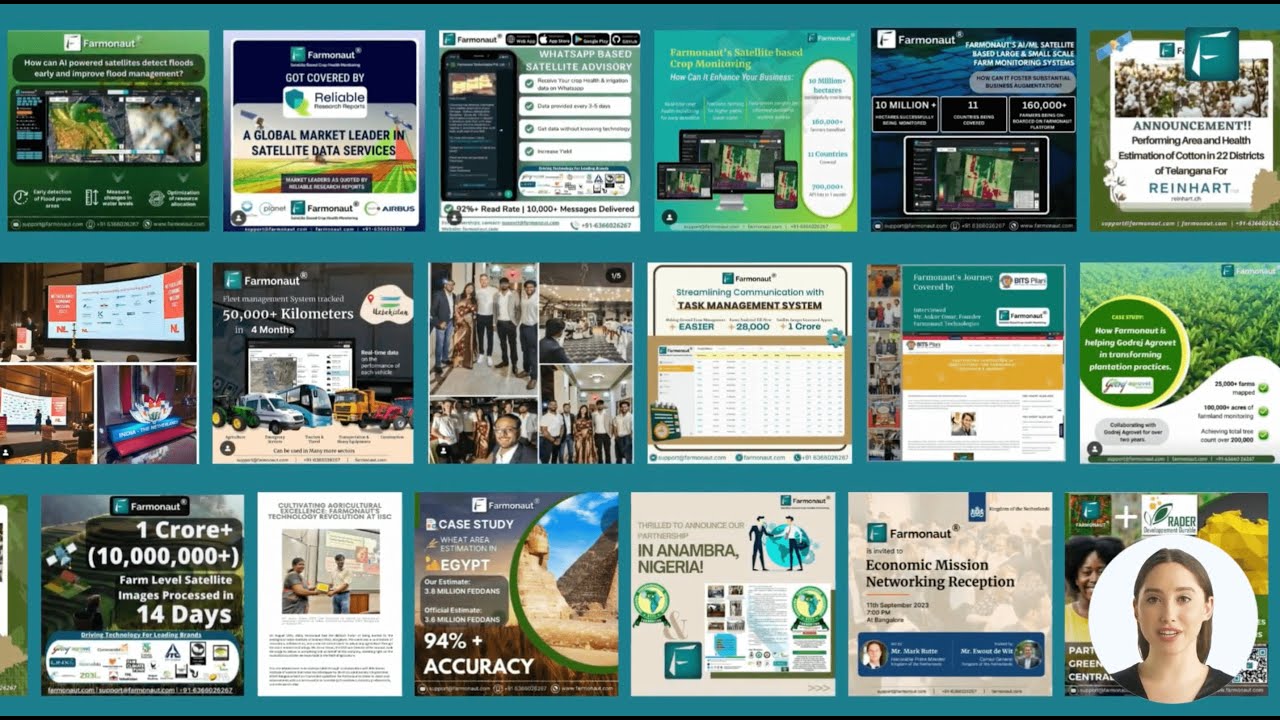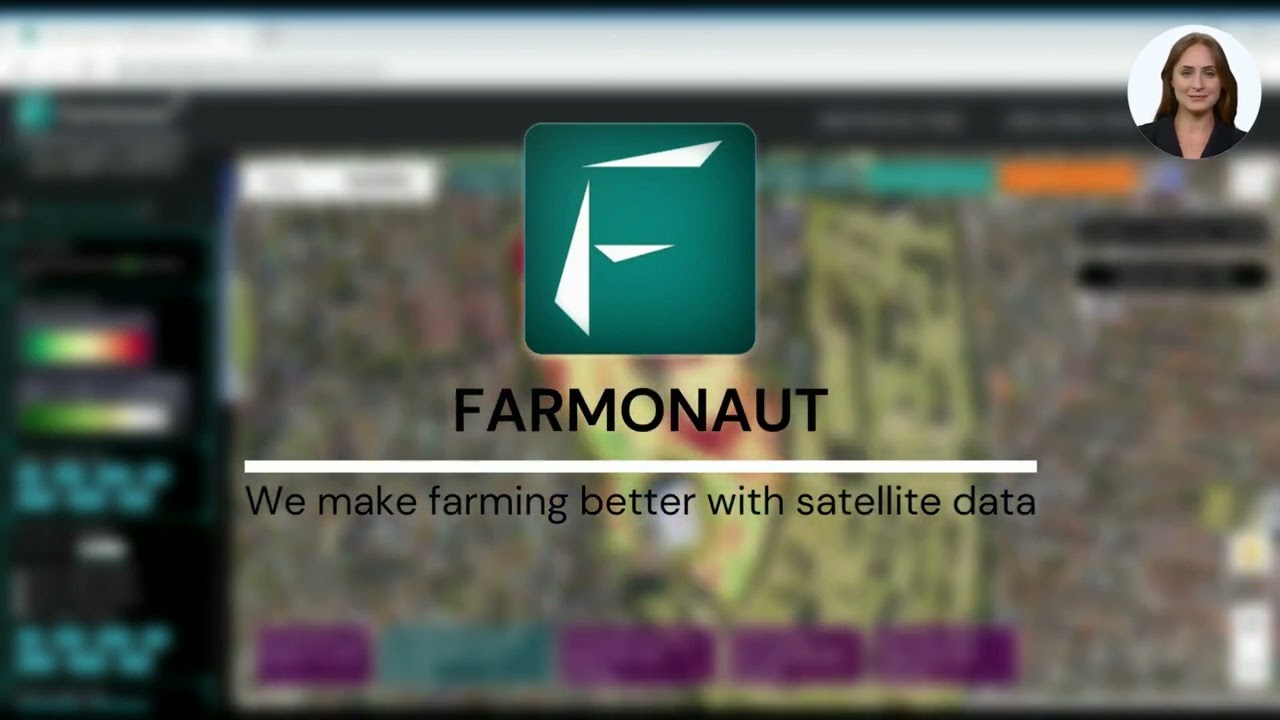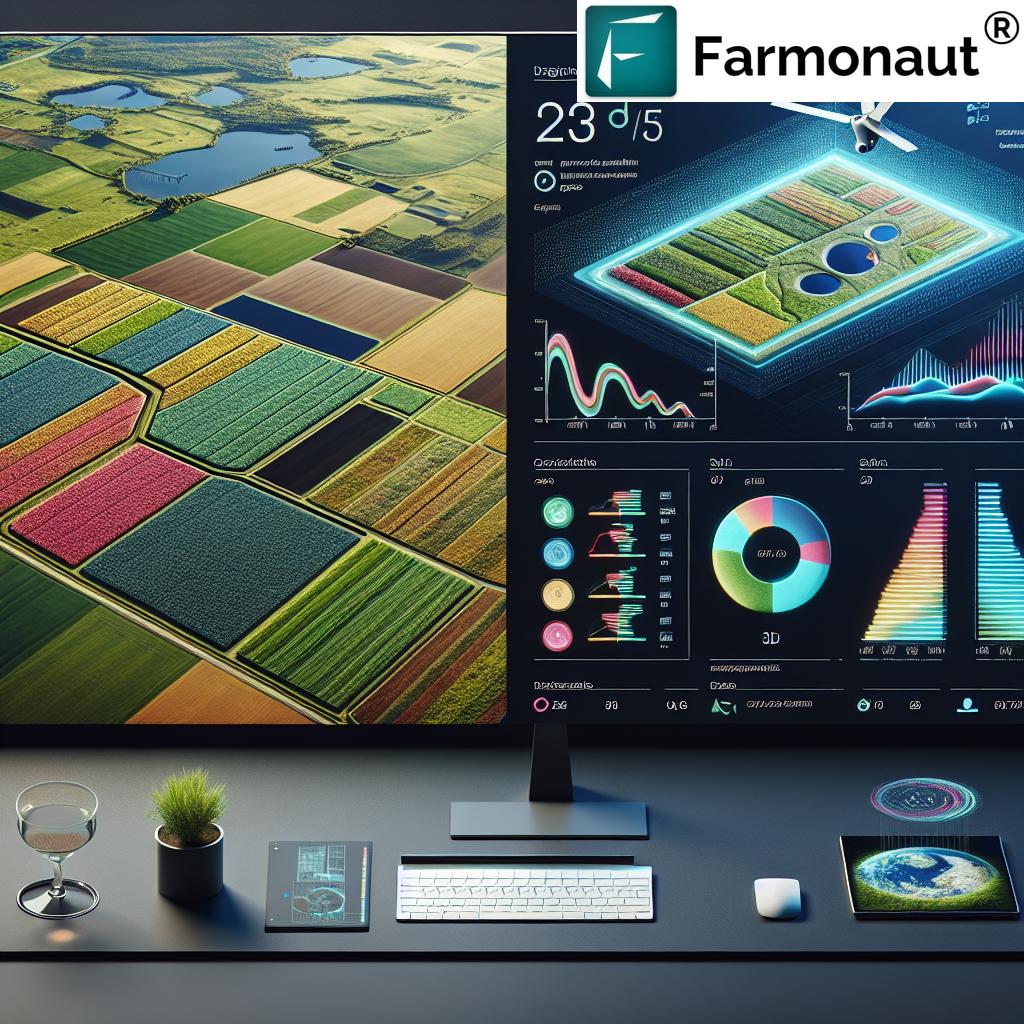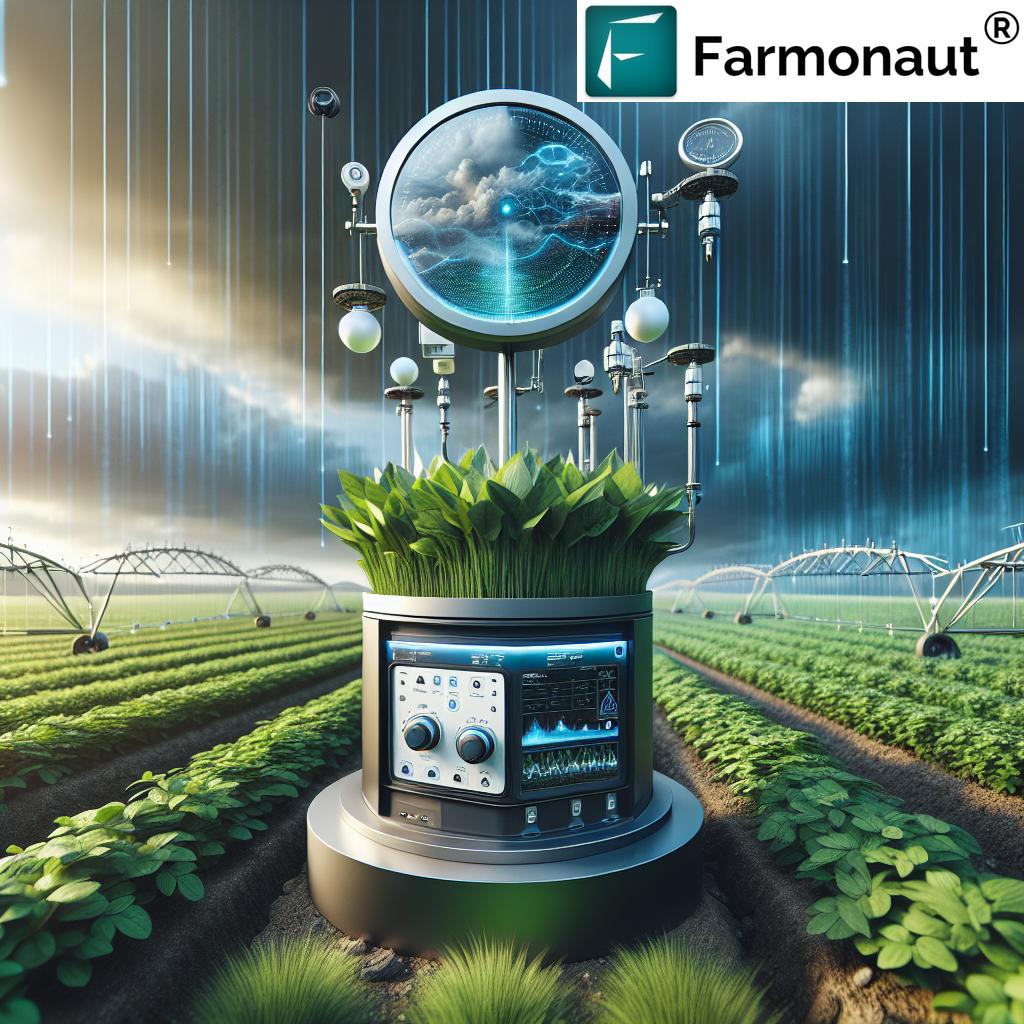Revolutionizing Australian Wine Exports: GIS-Powered Insights for Sustainable Vineyard Management and Global Market Success
“Australian wine exports reach over 100 countries, with China being the largest market, valued at $1.2 billion in 2020.”
Welcome to our comprehensive guide on revolutionizing the Australian wine industry through Geographic Information System (GIS) powered insights. In this article, we’ll explore how cutting-edge technology is transforming vineyard management, enhancing sustainability, and driving global market success for Australian wine exports. From the sun-drenched vineyards of South Australia to the bustling markets of China and beyond, we’ll uncover the latest innovations shaping the future of wine production and international trade.
The Australian Wine Industry: A Global Powerhouse
The Australian wine industry has long been recognized as a global powerhouse, known for its diverse range of high-quality wines and innovative production techniques. With over 65 distinct wine regions spread across the country, Australian winemakers have mastered the art of producing wines that capture the unique terroir of each location. This diversity has played a crucial role in the success of Australian wine exports, allowing producers to cater to a wide range of international tastes and preferences.
In recent years, the industry has faced numerous challenges, including changing market dynamics, increased competition, and environmental pressures. However, through innovation and adaptation, Australian wine exporters have continued to thrive in the global marketplace. Let’s delve into how GIS technology is helping to address these challenges and drive the industry forward.
GIS in Viticulture: Transforming Vineyard Management
Geographic Information Systems (GIS) have revolutionized the way vineyards are managed, providing winemakers with unprecedented insights into their land and crops. By integrating satellite imagery, topographic data, and real-time environmental monitoring, GIS allows for precise mapping and analysis of vineyard conditions. This technology has become an invaluable tool for sustainable winegrowing practices and optimizing wine production techniques.
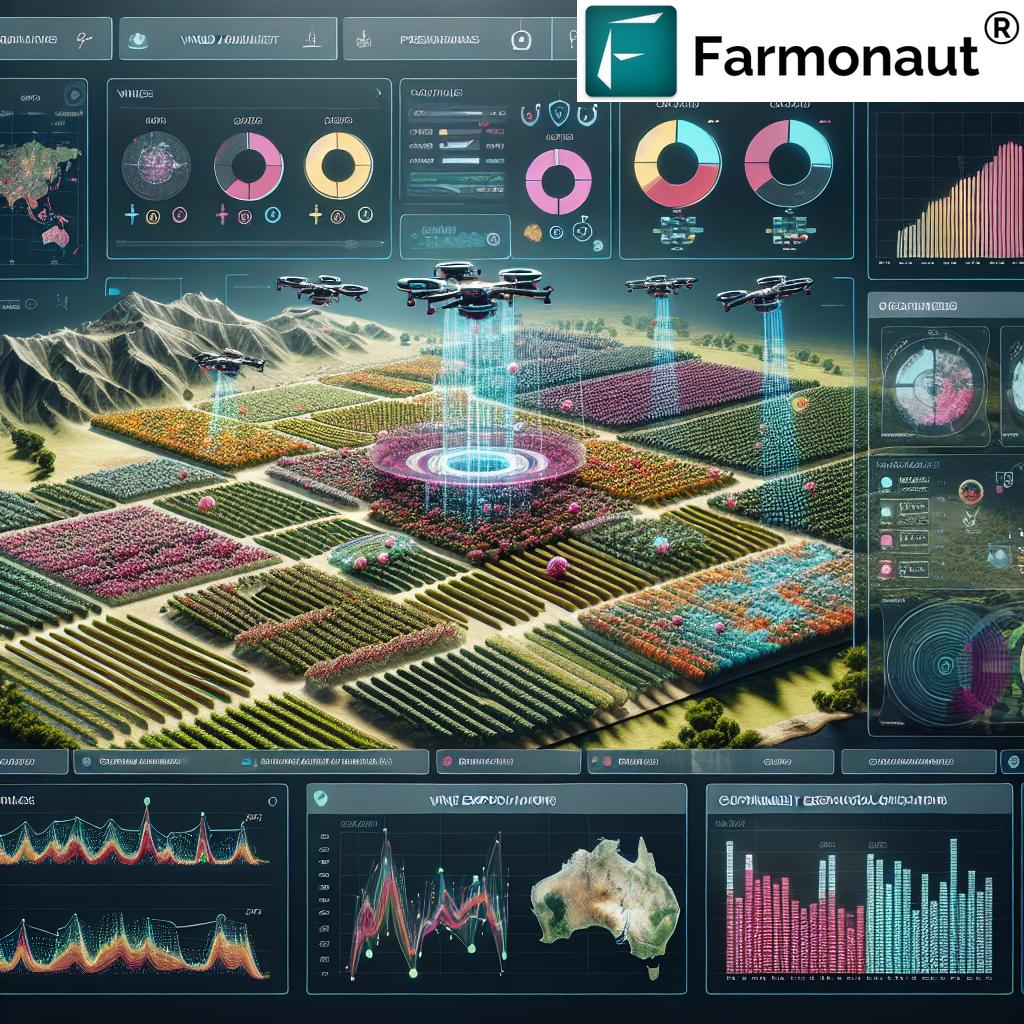
Here are some key ways GIS is transforming vineyard management:
- Precision Irrigation: GIS-powered soil moisture mapping allows for targeted irrigation, reducing water usage and improving grape quality.
- Pest and Disease Management: Early detection of vine diseases through advanced imagery enables more effective and timely treatments.
- Terroir Mapping: Detailed soil and microclimate analysis helps winemakers optimize grape varieties for specific plots.
- Yield Prediction: Satellite data combined with historical information provides accurate yield forecasts, aiding in harvest planning and market strategies.
One company at the forefront of this technological revolution is Farmonaut. Their satellite-based farm management solutions are making precision agriculture more accessible and affordable for vineyards of all sizes. By leveraging Farmonaut’s platform, Australian winemakers can monitor crop health in real-time, receive AI-driven advisory insights, and implement resource management tools that significantly enhance vineyard productivity and sustainability.
Sustainable Winegrowing: A Commitment to the Environment
Sustainability has become a cornerstone of the Australian wine industry, with producers increasingly adopting environmentally friendly practices. GIS technology plays a crucial role in this shift towards sustainable winegrowing by enabling more efficient resource management and reducing the environmental impact of wine production.
“GIS technology helps Australian wineries map over 65 distinct wine regions, enhancing terroir-based production and marketing strategies.”
Key aspects of sustainable winegrowing supported by GIS include:
- Water Conservation: Precision irrigation based on GIS data can reduce water usage by up to 30%.
- Reduced Chemical Use: Targeted pest and disease management minimizes the need for pesticides and herbicides.
- Carbon Footprint Reduction: Optimized vineyard operations and logistics planning lead to lower greenhouse gas emissions.
- Biodiversity Preservation: GIS helps identify and protect important ecological areas within and around vineyards.
Farmonaut’s platform contributes significantly to these sustainability efforts. Their carbon footprinting feature allows wineries to track and reduce their environmental impact in real-time. This not only helps meet growing consumer demand for eco-friendly products but also ensures compliance with increasingly stringent environmental regulations in key export markets.
Wine Export Regulations and Compliance
Navigating the complex landscape of international wine trade requires a thorough understanding of export regulations and compliance requirements. Australian wine exporters must adhere to a variety of standards and guidelines, both domestic and international, to ensure their products meet the necessary quality and safety criteria.
Key regulatory considerations for Australian wine exporters include:
- Wine Labelling Requirements: Each export market has specific labelling regulations that must be followed, including information on alcohol content, allergens, and geographical indications.
- Geographical Indications (GI): Protection of wine region names and their associated qualities is crucial for maintaining the integrity of Australian wines in international markets.
- Food Safety Standards: Compliance with international food safety regulations, including limits on additives and processing aids.
- Customs and Duties: Understanding and navigating the tariffs and import regulations of different countries is essential for successful exports.
To assist with compliance, many Australian wineries are turning to digital solutions that can streamline the regulatory process. Farmonaut’s blockchain-based traceability system, for example, can help ensure transparency and authenticity throughout the supply chain, making it easier to meet the stringent requirements of various export markets.
Explore Farmonaut’s API for custom integration
Global Wine Market Insights: Trends and Opportunities
Understanding global wine market trends is crucial for Australian exporters looking to expand their international presence. Here are some key insights into major export markets:
- China: Despite recent challenges, China remains a significant market for Australian wines. Adapting to changing consumer preferences and regulatory environment is key.
- United States: The world’s largest wine market continues to offer opportunities, particularly for premium and innovative Australian wines.
- United Kingdom: Post-Brexit, new trade agreements may create fresh opportunities for Australian wine exports to the UK.
- Japan: Growing appreciation for wine culture in Japan presents potential for Australian producers, especially in the premium segment.
- Canada: A stable market with increasing demand for quality wines, particularly from regions like Ontario and British Columbia.
To capitalize on these opportunities, Australian wine exporters are leveraging data-driven insights to tailor their products and marketing strategies to specific markets. GIS technology plays a crucial role in this process, allowing producers to showcase the unique terroir of their wines and differentiate themselves in competitive international markets.

Digital Solutions Revolutionizing Wineries
The integration of digital solutions is transforming every aspect of the wine industry, from vineyard management to marketing and sales. Here are some key technologies driving innovation:
- AI-Powered Predictive Analytics: Advanced algorithms help predict market trends and optimize production planning.
- Blockchain for Traceability: Ensuring authenticity and transparency throughout the supply chain.
- E-commerce Platforms: Direct-to-consumer sales channels are opening up new markets for Australian wines.
- Virtual and Augmented Reality: Enhancing consumer engagement through immersive wine tasting experiences.
Farmonaut’s comprehensive platform exemplifies how these digital solutions can be integrated to provide holistic support for wineries. Their AI advisory system, Jeevn AI, offers personalized recommendations for crop management, while their blockchain-based traceability solution ensures product integrity from vineyard to consumer.
Check out Farmonaut’s API Developer Docs for integration details
Wine Quality Control and Import Regulations
Maintaining consistent quality is paramount for success in the competitive global wine market. Australian wine producers must navigate a complex web of quality control measures and import regulations to ensure their products meet international standards. Key aspects include:
- Chemical Analysis: Regular testing for alcohol content, sulfites, and other components to meet regulatory requirements.
- Sensory Evaluation: Professional tasting panels ensure wines meet expected quality standards.
- Packaging and Storage: Proper handling and storage conditions are crucial to maintain wine quality during export.
- Import Certification: Many countries require specific certifications and documentation for wine imports.
GIS technology contributes to quality control by providing detailed data on growing conditions and harvest timing, allowing winemakers to optimize their production processes. Farmonaut’s satellite-based monitoring system can help vineyards maintain consistent grape quality, which is essential for producing premium wines that meet international standards.
Wine Business Management in a Global Context
Successfully managing a wine business in the global market requires a multifaceted approach. Australian wine exporters must balance production, marketing, and distribution while navigating international regulations and market dynamics. Key considerations include:
- Brand Positioning: Developing a strong brand identity that resonates with international consumers.
- Supply Chain Management: Optimizing logistics to ensure efficient and timely delivery to global markets.
- Financial Planning: Managing currency fluctuations and adapting to varying economic conditions in different markets.
- Sustainability Reporting: Meeting growing demands for transparency in environmental and social practices.
Digital tools like Farmonaut’s platform can significantly enhance wine business management by providing real-time data and analytics. Their fleet and resource management features, for instance, can help optimize operations and reduce costs, while their carbon footprinting capabilities support sustainability reporting efforts.
Wine Industry Sustainability: Emission Reduction Roadmap
The Australian wine industry is committed to reducing its environmental impact and has developed a comprehensive emission reduction roadmap. This initiative aims to achieve net-zero emissions by 2050 and includes several key strategies:
- Renewable Energy Adoption: Increasing the use of solar and wind power in vineyards and wineries.
- Sustainable Packaging: Developing eco-friendly packaging solutions to reduce waste and carbon footprint.
- Carbon Sequestration: Implementing practices to increase carbon storage in vineyard soils.
- Water Management: Improving water use efficiency through advanced irrigation techniques.
GIS technology plays a crucial role in implementing and monitoring these sustainability initiatives. Farmonaut’s platform, with its carbon footprinting and resource management tools, can help wineries track their progress towards emission reduction goals and identify areas for improvement.
Innovative Marketing Strategies for Wine Exports
In today’s digital age, innovative marketing strategies are essential for success in the global wine market. Australian wine exporters are leveraging a variety of channels and techniques to reach international consumers:
- Social Media Engagement: Building brand awareness and connecting with consumers through platforms like Instagram and WeChat.
- Virtual Wine Tastings: Offering online tasting experiences to reach consumers in distant markets.
- Influencer Partnerships: Collaborating with wine experts and lifestyle influencers to promote Australian wines.
- Storytelling: Highlighting the unique terroir and heritage of Australian wine regions through compelling narratives.
GIS technology enhances these marketing efforts by providing rich data on vineyard locations, growing conditions, and sustainability practices. This information can be used to create engaging content that showcases the unique qualities of Australian wines to global audiences.
The Role of Government and Industry Bodies
Government agencies and industry bodies play a crucial role in supporting Australian wine exports. These organizations provide valuable resources, research, and advocacy to help the industry thrive in international markets. Key players include:
- Wine Australia: The statutory authority responsible for supporting the Australian grape and wine community through research, market development, and regulation.
- Australian Grape and Wine Inc: The national association of grape and wine producers, providing policy advocacy and industry representation.
- Department of Agriculture, Water and the Environment: Oversees export regulations and food safety standards for wine exports.
- Austrade: Provides market insights and assistance for Australian businesses looking to export.
These organizations work closely with technology providers like Farmonaut to ensure that Australian wine producers have access to the latest tools and insights for success in the global market.
Farmonaut’s Impact on Australian Vineyard Management
To illustrate the transformative impact of GIS technology on Australian vineyard management, let’s examine how Farmonaut’s satellite-based monitoring system compares to traditional methods:
| Vineyard Management Aspect | Traditional Methods | With Farmonaut Satellite System | Estimated Improvement |
|---|---|---|---|
| Water Management | Manual soil moisture checks | Real-time soil moisture mapping | 20-30% reduction in water usage |
| Pest Detection | Visual inspection during field walks | Early detection through advanced imagery | 40-50% increase in treatment efficacy | Yield Prediction | Manual sampling and estimation | AI-powered yield forecasting using satellite data | 15-25% improvement in accuracy |
| Sustainability Practices | Generalized approach based on regional data | Tailored sustainability strategies using precise field data | 30-40% reduction in environmental impact |
As demonstrated in the table above, Farmonaut’s technology offers significant improvements across various aspects of vineyard management. These enhancements not only lead to more efficient operations but also contribute to higher quality wine production and improved export potential.
Future Trends in Wine Export Markets
As we look to the future of wine export markets, several trends are likely to shape the industry:
- Premiumization: Growing demand for high-quality, premium wines in emerging markets.
- Sustainability Focus: Increasing consumer preference for environmentally friendly and socially responsible wines.
- Alternative Packaging: Rise of eco-friendly packaging options like cans and boxed wines.
- Digital Wine Experiences: Continued growth of online sales and virtual tasting events.
- Blockchain Adoption: Increased use of blockchain technology for traceability and authenticity verification.
Australian wine exporters who leverage GIS technology and digital solutions like Farmonaut’s platform will be well-positioned to capitalize on these trends and maintain their competitive edge in the global market.
Conclusion: Embracing Technology for Global Wine Market Success
The Australian wine industry stands at the cusp of a technological revolution, with GIS-powered insights driving sustainable vineyard management and global market success. By embracing innovative solutions like Farmonaut’s satellite-based monitoring system, Australian wine exporters can enhance their production efficiency, ensure consistent quality, and meet the evolving demands of international consumers.
As we’ve explored throughout this article, the integration of GIS technology, AI-driven analytics, and blockchain-based traceability is transforming every aspect of the wine export process. From precision vineyard management to navigating complex regulatory landscapes and implementing sustainable practices, these tools are essential for success in today’s competitive global market.
The future of Australian wine exports looks bright, with opportunities for growth in both established and emerging markets. By continuing to innovate and adapt to changing market dynamics, Australian winemakers can ensure their position as leaders in the global wine industry for years to come.
FAQ Section
Q: How does GIS technology improve vineyard management?
A: GIS technology enhances vineyard management by providing precise mapping and real-time monitoring of crop health, soil conditions, and environmental factors. This allows for targeted interventions in irrigation, pest management, and harvest planning, leading to improved wine quality and production efficiency.
Q: What are the main challenges facing Australian wine exports?
A: Key challenges include changing market dynamics, increased global competition, environmental pressures, and navigating complex international regulations. Additionally, adapting to shifting consumer preferences and maintaining brand differentiation in diverse markets pose ongoing challenges.
Q: How can Farmonaut’s platform benefit Australian wineries?
A: Farmonaut’s platform offers satellite-based crop monitoring, AI-driven advisory services, and resource management tools that can significantly improve vineyard productivity and sustainability. It also provides valuable data for quality control, traceability, and marketing efforts in international markets.
Q: What are some key wine labelling requirements for exports?
A: Wine labelling requirements vary by market but generally include information on alcohol content, volume, country of origin, allergens, and sulfite content. Many markets also require specific health warnings and may have regulations regarding the use of geographical indications.
Q: How is the Australian wine industry addressing sustainability concerns?
A: The Australian wine industry is committed to sustainability through various initiatives, including an emission reduction roadmap aiming for net-zero emissions by 2050. This involves adopting renewable energy, improving water management, implementing sustainable packaging solutions, and enhancing carbon sequestration in vineyard soils.






